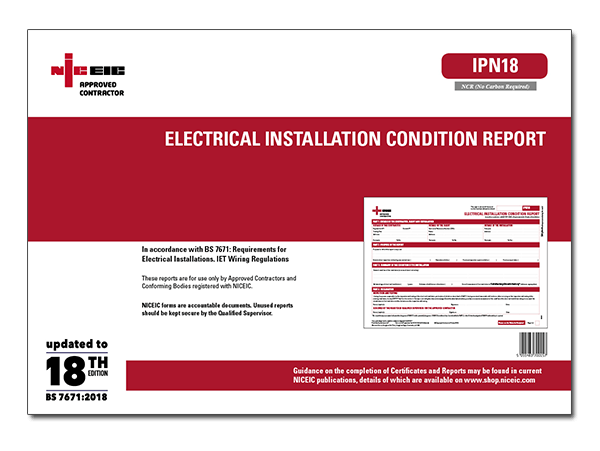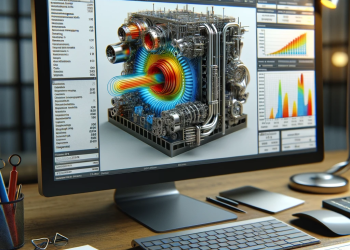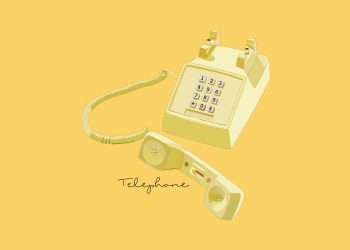Electrical safety at home is a critical concern for everyone, regardless of whether you are a tenant, landlord, or homeowner. Faulty wiring, outdated equipment, and neglected installations can lead to severe consequences, including electrical fires. Such hazards often remain hidden, given that most electrical components are concealed behind walls or in cupboards.
Regular checks and awareness of the condition of your electrical systems can drastically reduce risks. This article delves into the importance of Electrical Installation Condition Reports (EICR) and how they play a vital role in ensuring a safe living environment.
Getting Your Electrical Safety Certificate
Obtaining an Electrical Safety Certificate is a crucial step in ensuring the safety of a property’s electrical installations. The EICR certificate is a clear indication that the electrical systems have undergone rigorous testing and meet the required safety standards. For landlords, it is not just a recommendation; it is a responsibility to ensure that their properties are electrically sound for their tenants. Homeowners, too, benefit from this certification, gaining confidence in the safety of their homes.
Trade Facilities Services can help landlords, homeowners, and businesses get their EICR certificate. The process involves a thorough inspection by a qualified electrician who assesses the condition of cables, switches, sockets, and other electrical components. Any discrepancies or potential hazards are noted, and corrective measures are recommended. Once all issues are addressed, the certificate is issued, confirming the property’s electrical safety. This document serves as a reassurance for all parties involved, emphasising the importance of regular checks and maintenance.
Understanding Your EICR Certificate
The EICR is a comprehensive document that assesses the safety of a property’s electrical installations. Whether you are a tenant, landlord, or homeowner, understanding the EICR is essential. This report provides insights into potential hazards, wear and tear, and any deviations from safety standards.
Conducted by a qualified electrician, the EICR evaluates various components, from cables and switches to sockets and other accessories. If any issues are identified, they are documented, offering clear guidance on necessary remedial actions. The primary goal is to ensure that electrical installations are not only compliant with regulations but also safe for occupants. The EICR is a protective measure, safeguarding properties and their inhabitants from electrical mishaps.

Addressing Liabilities And Ensuring Compliance
Addressing liabilities after receiving an EICR is crucial for ensuring the safety of a property’s electrical systems. The EICR highlights any potential hazards, deviations from safety standards, or areas of concern. Once these issues are identified, it is imperative to act promptly. Whether it is faulty wiring, outdated equipment, or other discrepancies, each concern must be rectified by a qualified electrician.
For landlords, this step is not only about adhering to regulations but also about ensuring the safety of their tenants. Homeowners, on the other hand, benefit from the peace of mind that their home is electrically sound. For landlords, electrical safety in private rental properties is incredibly important, and it is essential to understand that the EICR is not just a one-time assessment. Regular checks and updates are necessary to maintain the safety standards of a property. By addressing the liabilities highlighted in the EICR, one ensures a safer living environment for all occupants.
Electrical safety is a shared responsibility. By understanding the EICR and addressing potential hazards, we can ensure safer homes and properties. Regular checks and proactive measures are key to preventing electrical mishaps and safeguarding both the property and its occupants. Stay informed, act promptly, and prioritise safety always.












